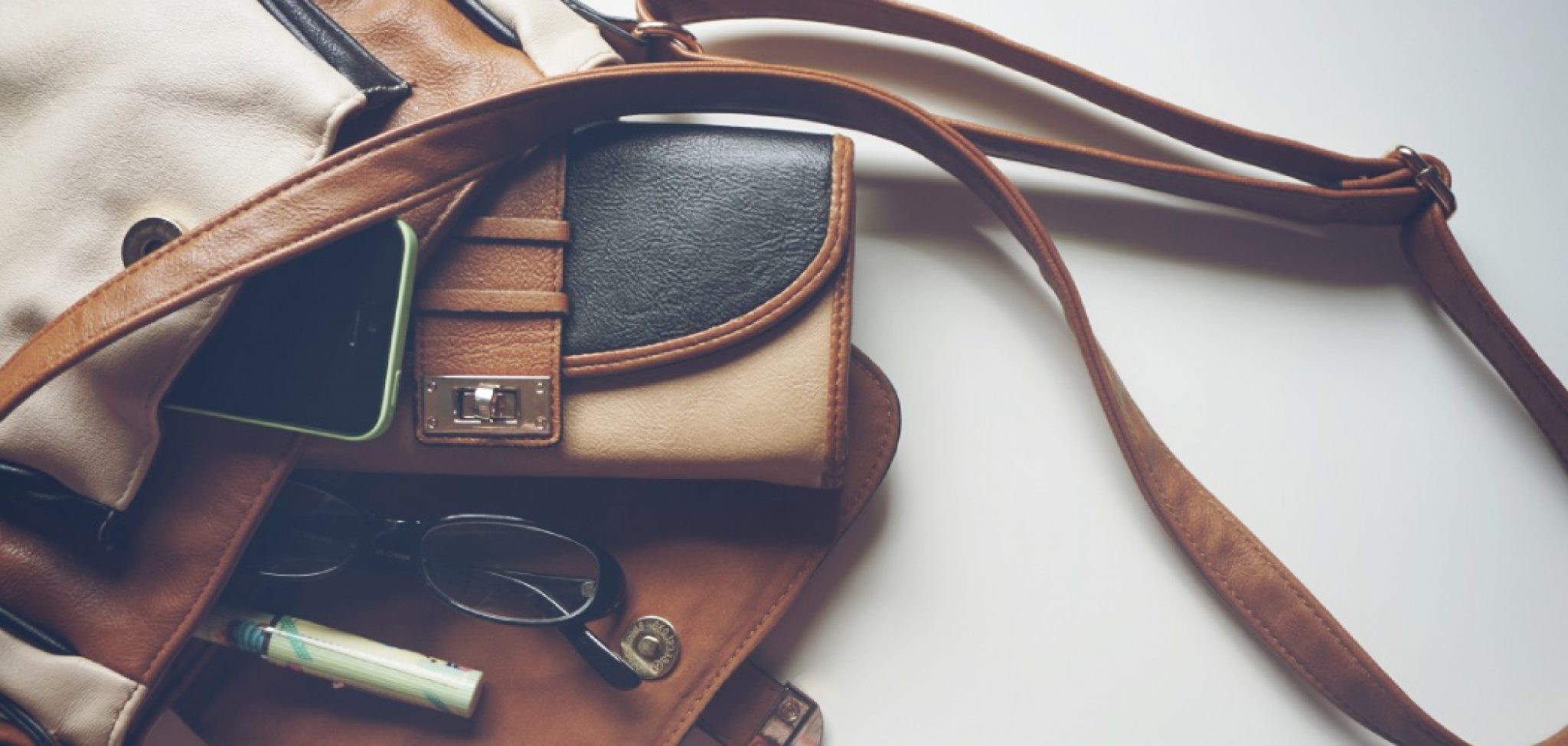

Articles
How To Store Leather Bags In Humid Weather
Modified: January 5, 2024
Discover effective methods for storing leather bags in humid weather with our informative articles. Keep your bags in optimal condition all year round.
(Many of the links in this article redirect to a specific reviewed product. Your purchase of these products through affiliate links helps to generate commission for Storables.com, at no extra cost. Learn more)
Introduction
Welcome to our comprehensive guide on how to properly store leather bags in humid weather. Leather bags are luxurious accessories that require special care to maintain their quality and longevity. Unfortunately, humid weather can cause significant damage to leather due to the excess moisture in the air. The high humidity levels can lead to mold growth, musty odors, and even the degradation of the leather itself. To ensure your leather bags stay in pristine condition, it is crucial to understand the effects of humid weather and implement appropriate storage strategies.
In this article, we will delve into the challenges posed by humid weather on leather bags and provide practical tips on how to store them effectively. We will guide you through choosing the right storage location, cleaning and preparing your bags, and implementing effective strategies to protect them from the damaging effects of humidity.
Whether you live in a naturally humid climate or are temporarily exposed to high moisture levels during certain seasons, these tips and techniques will help you keep your leather bags in optimal condition. So let’s dive in and learn how to properly store your beloved leather bags in humid weather.
Key Takeaways:
- Protect your leather bags from humid weather by choosing a cool, well-ventilated storage location, using breathable covers, and implementing desiccants to control moisture levels. Regular maintenance and gentle handling are crucial for preserving their quality and longevity.
- Prior to storing your leather bags, clean, condition, and air dry them to prevent mold, mildew, and damage. Avoid direct sunlight and excessive heat, and regularly check and maintain your bags to ensure they remain in optimal condition.
Read more: How To Store Leather Bags
Understanding the Effects of Humid Weather on Leather Bags
Humid weather can have a detrimental impact on leather bags due to the excess moisture in the air. Leather is a natural material that absorbs and retains moisture, making it susceptible to damage in humid environments.
One of the primary concerns with humid weather is the growth of mold and mildew. These fungi flourish in damp conditions and can quickly spread on the surface of leather bags. Not only do they leave unsightly stains, but they also compromise the integrity of the leather, leading to discoloration and weakening of the material.
Furthermore, the excess moisture in humid weather can cause the leather to swell and become misshapen. This can result in the formation of creases, cracks, and an overall loss of the bag’s structural integrity. Additionally, the increased humidity can cause the stitching and hardware on the bag to corrode and deteriorate.
Another issue to consider is the development of musty odors. The combination of moisture and air circulation in humid climates can create an environment that promotes the growth of bacteria and fungi, leading to unpleasant smells that can penetrate the leather material.
Overall, the effects of humid weather on leather bags are significant and can lead to irreversible damage if proper precautions are not taken. The good news is that with the right storage techniques, you can protect your leather bags and preserve their beauty and functionality for years to come.
Choosing the Right Storage Location
Selecting the right storage location is crucial in maintaining the quality of your leather bags in humid weather. Here are some important factors to consider:
1. Keep it Cool: Choose a storage space that is cool and well-ventilated. Avoid areas that are prone to temperature fluctuations, such as attics or basements. The ideal storage temperature for leather bags is between 60-70 degrees Fahrenheit (15-21 degrees Celsius).
2. Control the Humidity: Look for a storage location with controlled humidity levels. Ideally, the humidity should be kept between 40-50%. You can use a dehumidifier or moisture-absorbing products to maintain optimal humidity levels.
3. Avoid Direct Sunlight: Keep your leather bags away from direct sunlight as it can cause discoloration and fading. UV rays can accelerate the deterioration of leather, so opt for a storage spot that is shielded from sunlight.
4. Consider Air Circulation: Ensure that the storage area has sufficient air circulation to prevent moisture buildup. Avoid storing your bags in airtight containers or plastic bags as this can trap moisture and promote mold growth. Opt for cloth or breathable dust bags instead.
5. Elevate from the Floor: Store your leather bags on shelves or racks, keeping them elevated from the floor. This helps prevent any moisture seepage from the ground, which can damage the bags.
6. Avoid Chemical Exposure: Be cautious of storing your bags near chemicals or strong odors. Leather is porous and can absorb odors and chemicals, leading to unpleasant smells and potential damage. Keep your bags away from cleaning products, paints, or any other substances with strong fumes.
By selecting the right storage location, you can minimize the impact of humid weather on your leather bags. Remember, maintaining a controlled environment is crucial in preserving their quality and extending their lifespan.
Cleaning and Preparing Your Leather Bags
Prior to storing your leather bags in humid weather, it is essential to give them a thorough cleaning and preparation. Follow these steps to ensure your bags are in the best possible condition:
1. Remove Surface Dirt: Use a soft, dry cloth or a brush specifically designed for leather to gently remove any dirt or dust from the surface of your bags. Avoid using abrasive cleaners or rough materials that can scratch or damage the leather.
2. Treat Stains: If your leather bag has any stains, use a leather cleaner or a mild soap mixed with water to spot clean the affected areas. Apply the cleaner with a soft cloth in gentle, circular motions, and then wipe away the residue with a damp cloth. Allow the bag to dry completely before moving on to the next step.
3. Condition the Leather: Apply a leather conditioner to nourish and protect the leather material. Choose a conditioner specifically made for your type of leather (such as full-grain, top-grain, or suede) and follow the instructions on the product. Apply the conditioner in small amounts using a clean cloth and gently rub it into the leather in circular motions. This step helps restore moisture and keeps the leather supple and resilient.
4. Let It Air Dry: After cleaning and conditioning, allow your leather bags to air dry naturally. Avoid using direct heat or artificial sources of drying. Excessive heat can cause the leather to crack or warp.
5. Stuff the Bags: To retain the shape of your bags, fill them with tissue paper or bubble wrap. This helps prevent creasing and sagging during storage. Avoid using newspapers, as the ink can transfer onto the leather.
6. Close All Zippers and Fastenings: Ensure that all zippers, buttons, and clasps are fastened securely. This prevents unnecessary stress on the bag’s hardware and maintains its integrity.
By cleaning and properly preparing your leather bags before storage, you remove any dirt or contaminants that could potentially lead to damage. Conditioning the leather keeps it moisturized and prevents it from drying out in the humidity. Taking these steps ensures your bags are ready to be stored in humid weather, keeping them in optimal condition for longer periods.
Storing Leather Bags in Humid Weather
When it comes to storing leather bags in humid weather, there are several key considerations to keep in mind. Follow these tips to protect your bags from moisture damage:
1. Use Breathable Storage Bags: Invest in high-quality breathable storage bags or cotton dust covers to protect your leather bags during storage. These allow air circulation while keeping dust and dirt away. Avoid using plastic bags, as they can trap moisture and promote mold growth.
2. Avoid Tight Stacking: When storing multiple bags, avoid tightly stacking them on top of each other. This can result in increased pressure and potential deformation. Instead, place them side by side or use shelf dividers to keep them upright.
3. Separate Light and Dark Colored Bags: To prevent color transfer, separate bags with light and dark colors. If possible, place a light-colored bag in between darker ones. This helps avoid any dye transfer that may occur in humid conditions.
4. Keep Them in a Controlled Environment: Store your leather bags in a controlled environment with consistent temperature and humidity levels. Avoid areas that have drastic changes in temperature or humidity, such as basements or attics. Consider using a climate-controlled storage space to ensure optimal conditions.
5. Hang Bags with Care: If you prefer to hang your leather bags, use wide, padded hangers to distribute the weight evenly and prevent strain on the straps or handles. Hang them in a well-ventilated area away from direct sunlight, ensuring that they have enough space between them to prevent rubbing or friction.
6. Rotate Storage: If you have a collection of leather bags, it’s a good practice to rotate their storage. This ensures that no bag is left untouched for an extended period, which can lead to the formation of creases or permanent deformations.
7. Avoid Overstuffing: While it may be tempting to pack as much as possible into your bags, avoid overstuffing them during storage. Overfilling can cause unnecessary stress on the leather, seams, and hardware. Maintain a balanced level of contents to preserve the bag’s shape and structure.
By following these guidelines, you can maintain the quality and durability of your leather bags when storing them in humid weather. Remember, a controlled environment, proper storage accessories, and a gentle approach are key to preserving your bags’ longevity.
Store leather bags in humid weather by keeping them in a well-ventilated area to prevent moisture buildup. Use silica gel packs or a dehumidifier to maintain a dry environment and prevent mold growth. Keep the bags away from direct sunlight to avoid drying out the leather.
Read more: Which Weather Instrument Measures Humidity
Using Desiccants to Control Moisture
When storing leather bags in humid weather, using desiccants can be an effective method to control moisture levels and prevent mold and mildew growth. Desiccants are substances that absorb moisture from the air, helping to keep the storage environment dry. Here are some desiccants you can use:
1. Silica Gel Packets: Silica gel is the most commonly available desiccant. These small packets contain tiny beads that absorb moisture. Place one or two silica gel packets inside each storage bag or container to help maintain low humidity levels.
2. Activated Charcoal: Activated charcoal is another excellent desiccant for controlling moisture and odors. It works by absorbing moisture from the air and preventing the growth of mold and bacteria. Place a small container of activated charcoal near your leather bags to maintain a dry environment.
3. Rice: Plain white rice can also act as a desiccant due to its natural water-absorbing properties. Place a small bowl or sachet filled with uncooked rice inside your storage area. Remember to replace the rice regularly as it becomes saturated with moisture.
4. Baking Soda: Baking soda is known for its ability to absorb odors, but it can also help control moisture. Place an open container of baking soda near your bags to absorb excess humidity and eliminate any musty odors.
5. Moisture-Absorbing Packets: There are commercially available moisture-absorbing packets that are specifically designed to control humidity. These packets are typically more powerful than silica gel and can effectively protect your leather bags from moisture damage.
Remember to periodically check and replace the desiccants as needed, especially in high humidity environments. This ensures that they continue to effectively control moisture levels and maintain a dry storage environment for your leather bags.
While desiccants are helpful in controlling moisture, it’s important to note that they are not a cure-all solution. It’s still crucial to store your bags in a well-ventilated, controlled environment and follow proper cleaning and preparation techniques to prevent moisture damage to your leather bags in humid weather.
Avoiding Direct Sunlight and Heat
When storing leather bags in humid weather, it’s essential to protect them from direct sunlight and excessive heat. Exposure to these elements can cause irreversible damage to the leather. Here’s how you can avoid direct sunlight and heat:
1. Choose a Shaded Storage Area: Select a storage location that is shielded from direct sunlight. Sunlight contains UV rays that can fade and discolor the leather over time. Ideally, find a place in your home or storage area that is away from windows or use curtains or blinds to block out the sunlight.
2. Use UV-Protective Covers: If your bags are exposed to natural light, consider using UV-protective covers or dustbags. These covers provide an additional layer of protection against harmful UV rays and help prevent color fading.
3. Avoid Excessive Heat Sources: Keep your leather bags away from heat sources such as radiators, heaters, fireplaces, or direct heat vents. Extreme heat can cause the leather to become dry, brittle, and prone to cracking. It can also lead to adhesive failure and deterioration of the bag’s structure.
4. Be Mindful of Car Storage: If you need to store your leather bags in a vehicle, be cautious of leaving them in direct sunlight or a hot car. Both heat and sunlight can accelerate leather damage. Instead, find a shaded spot in the car or use a UV-protective window shade to shield the bags from the sun’s rays.
5. Avoid Leaving Bags in Hot Vehicles: It is crucial to never leave your leather bags unattended in a hot vehicle for an extended period. The extreme heat inside a parked car can cause the leather to warp, crack, and develop permanent damage. Take your bags with you whenever possible.
6. Store in a Climate-Controlled Environment: If you live in an area with consistently high humidity and temperatures, consider storing your leather bags in a climate-controlled storage unit. These units provide the ideal conditions, maintaining a stable temperature and humidity level to protect your bags from the damaging effects of heat and humidity.
By avoiding direct sunlight and excessive heat, you can ensure the long-term preservation of your leather bags. Remember to take precautions both in your storage space and when traveling with your bags to protect them from these damaging elements.
Checking and Maintaining Your Leather Bags Regularly
Regular maintenance is key to preserving the quality and longevity of your leather bags, especially in humid weather. Here are some essential tips for checking and maintaining your bags:
1. Inspect for Mold and Mildew: Regularly inspect your leather bags for any signs of mold or mildew, especially if you live in a humid climate. Look for dark spots, fuzzy patches, or a musty odor. If you spot any, take immediate action to address the issue. Use a soft brush to gently remove surface mold, and then clean the affected area with a mild leather cleaner. If the mold is severe or persistent, seek professional assistance.
2. Clean and Condition: It’s important to clean and condition your leather bags on a regular basis to maintain their suppleness and prevent dryness. Follow the cleaning and conditioning steps mentioned earlier in this guide to keep your bags in optimal condition. Be sure to use products specifically formulated for leather and follow the instructions provided.
3. Moisturize When Needed: Leather is prone to drying out in humid weather due to the excess moisture in the air. If you notice signs of dryness, such as cracks or stiffness, it’s important to moisturize your bags. Use a leather conditioner to replenish the moisture and restore the leather’s natural oils. Apply the conditioner sparingly and evenly, using a soft cloth or sponge. Allow the bag to absorb the conditioner for a few hours or overnight, and then gently buff with a clean cloth to remove any excess.
4. Polish the Hardware: Pay attention to the hardware, such as zippers, buckles, and clasps, on your leather bags. Regularly wipe them with a soft cloth to remove dirt or fingerprints. If the hardware becomes tarnished or dull, use a metal polish specifically designed for the type of metal on your bag and follow the product instructions carefully.
5. Store with Care: When not in use, always store your leather bags in a proper storage area with controlled humidity levels, as mentioned earlier in this guide. Avoid placing heavy objects on top of your bags, as this can cause deformation or permanent damage. Also, be mindful of sharp objects that might scratch the leather.
6. Handle with Clean Hands: When handling your leather bags, make sure your hands are clean and free from any lotions or oils. Avoid touching the bags with wet hands, as the moisture can be absorbed by the leather and cause damage.
By regularly checking and maintaining your leather bags, you can catch any issues early on and prevent further damage. This proactive approach ensures that your bags remain in excellent condition, even in humid weather. Remember to follow the care instructions provided by the manufacturer of your leather bags for the best results.
Final Thoughts and Wrap-Up
Properly storing leather bags in humid weather is essential for maintaining their quality and durability. By understanding the effects of humidity on leather and implementing the right storage and maintenance techniques, you can protect your bags from damage and ensure they stay in excellent condition for years to come.
Remember to choose a suitable storage location that is cool, well-ventilated, and away from direct sunlight. Use breathable storage bags or covers to protect your bags from moisture while allowing for air circulation. Utilize desiccants like silica gel packets or activated charcoal to control humidity levels and prevent mold growth.
Cleaning and preparing your leather bags before storage is crucial. Remove surface dirt, treat stains, condition the leather, and allow them to air dry naturally. Use gentle materials and avoid harsh cleaning agents or excessive heat.
Regularly check your bags for mold, mildew, and signs of dryness. Clean, condition, and moisturize your bags as needed to keep them supple and prevent cracking. Pay attention to the hardware and handle your bags with clean hands to avoid damage and scratches.
By following these guidelines, you can ensure that your leather bags remain in optimal condition in humid weather. Remember to periodically check on your bags, rotate storage if necessary, and maintain a climate-controlled environment if possible.
Lastly, if you’re unsure about specific care instructions for your leather bags, refer to the manufacturer’s guidelines or consult with a professional leather specialist. They can provide valuable insights and recommendations tailored to your leather bags’ specific needs.
With proper care and attention, your leather bags will continue to be stylish companions, standing the test of time, even in humid weather. Take pride in the investment you’ve made and enjoy the longevity of your beloved leather bags!
Frequently Asked Questions about How To Store Leather Bags In Humid Weather
Was this page helpful?
At Storables.com, we guarantee accurate and reliable information. Our content, validated by Expert Board Contributors, is crafted following stringent Editorial Policies. We're committed to providing you with well-researched, expert-backed insights for all your informational needs.
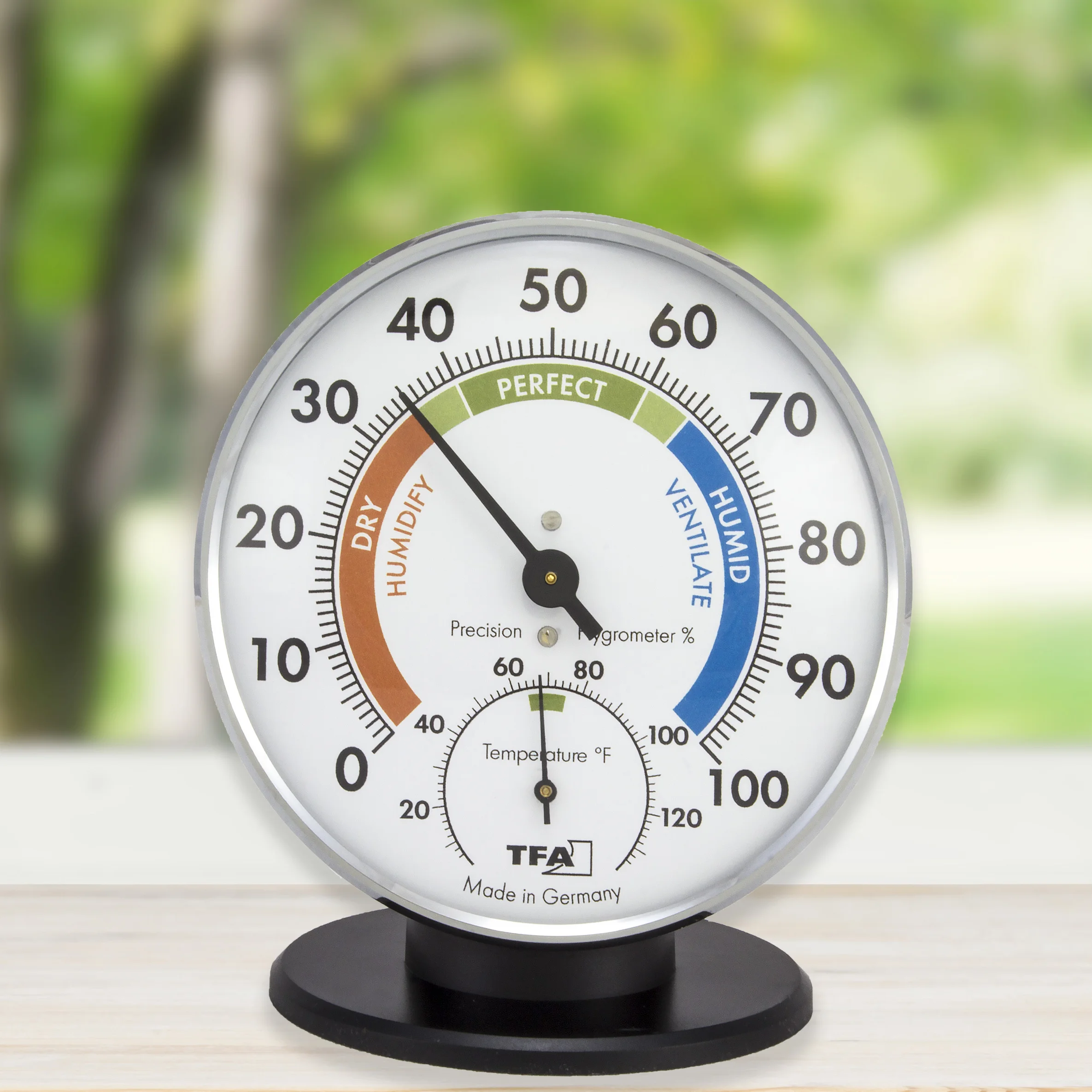
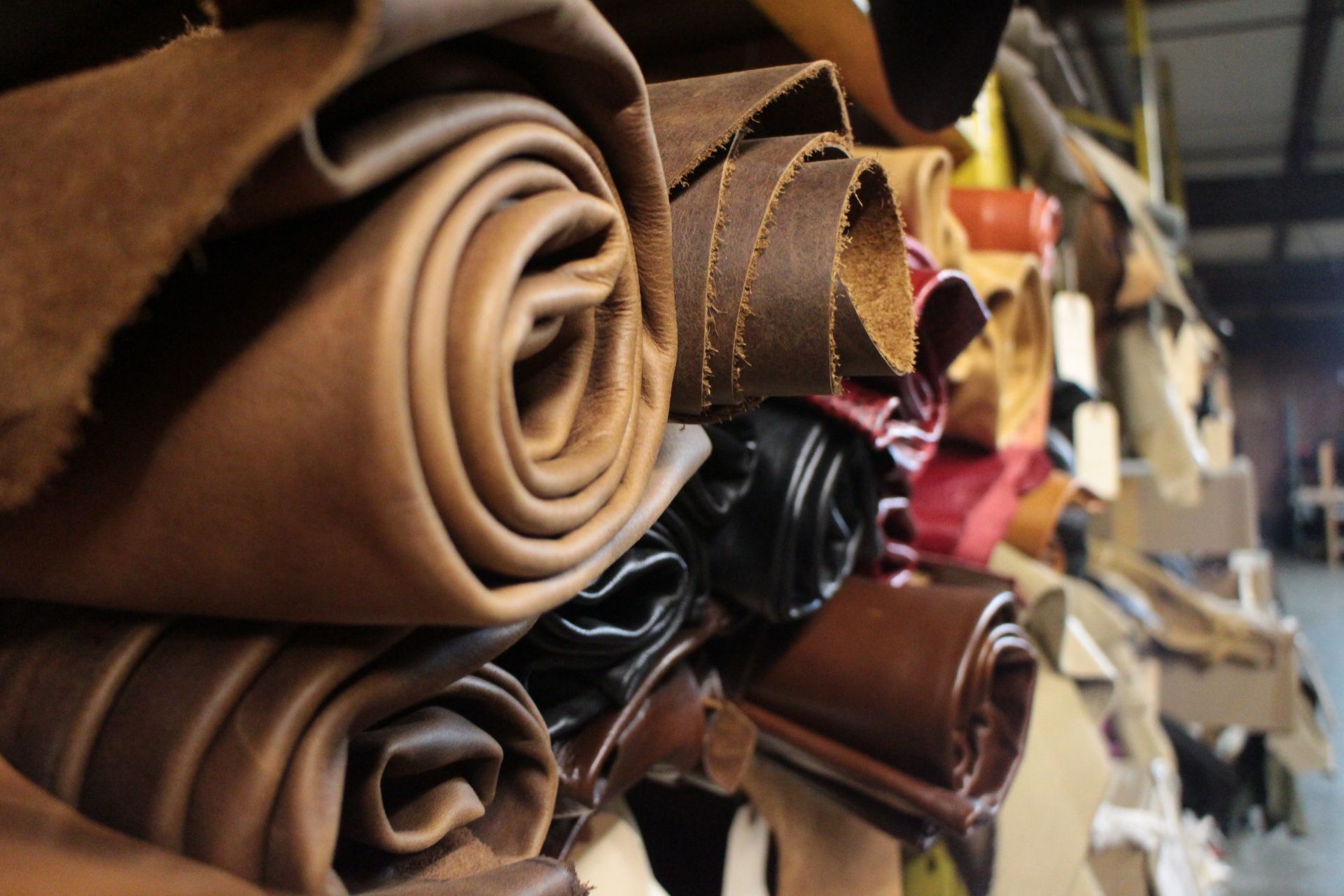

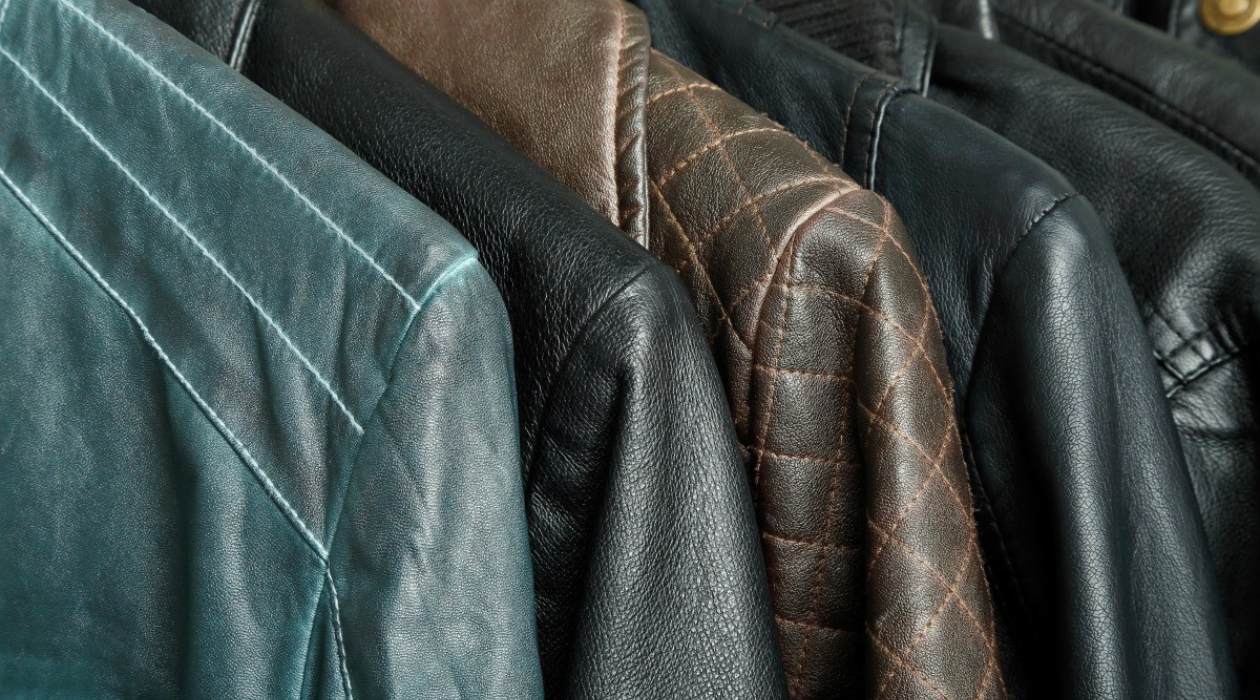

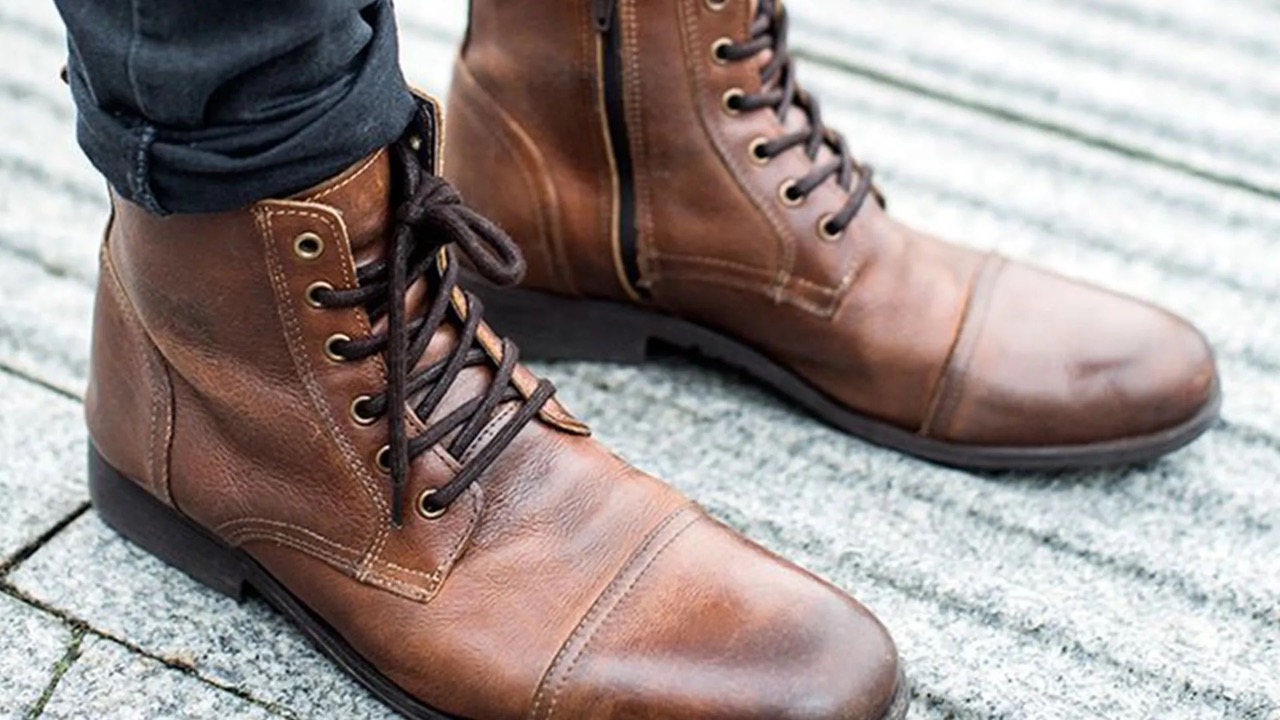
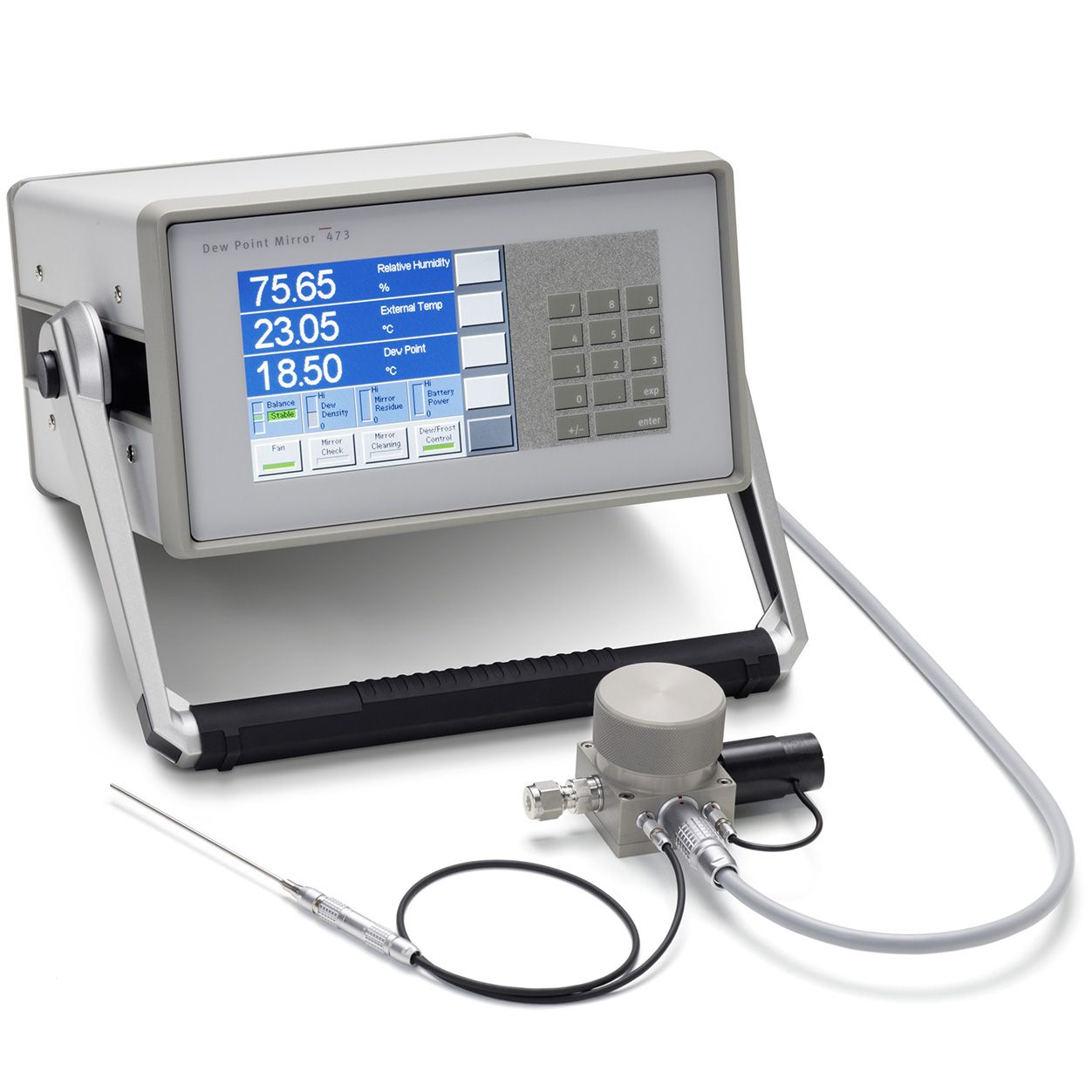
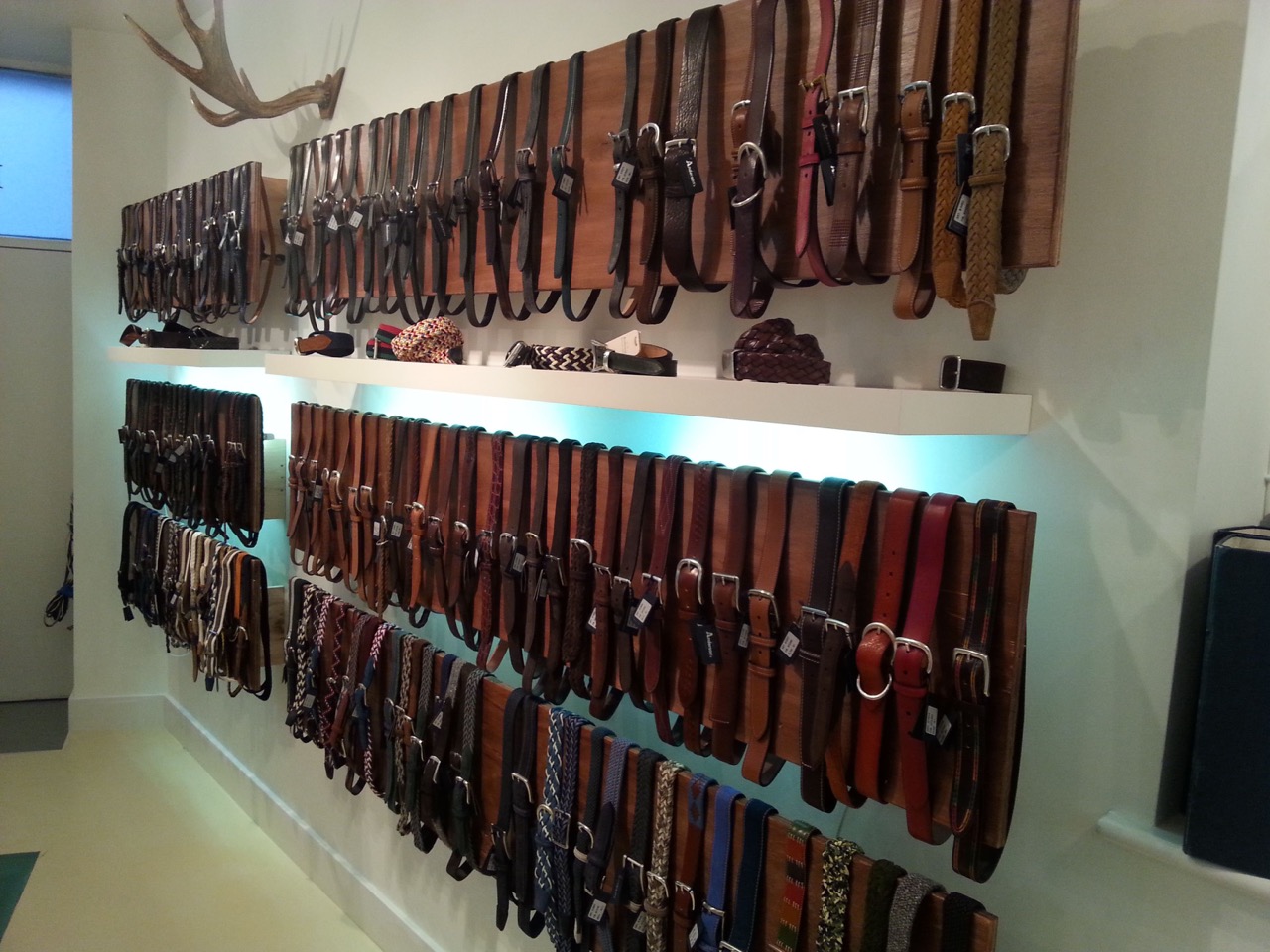

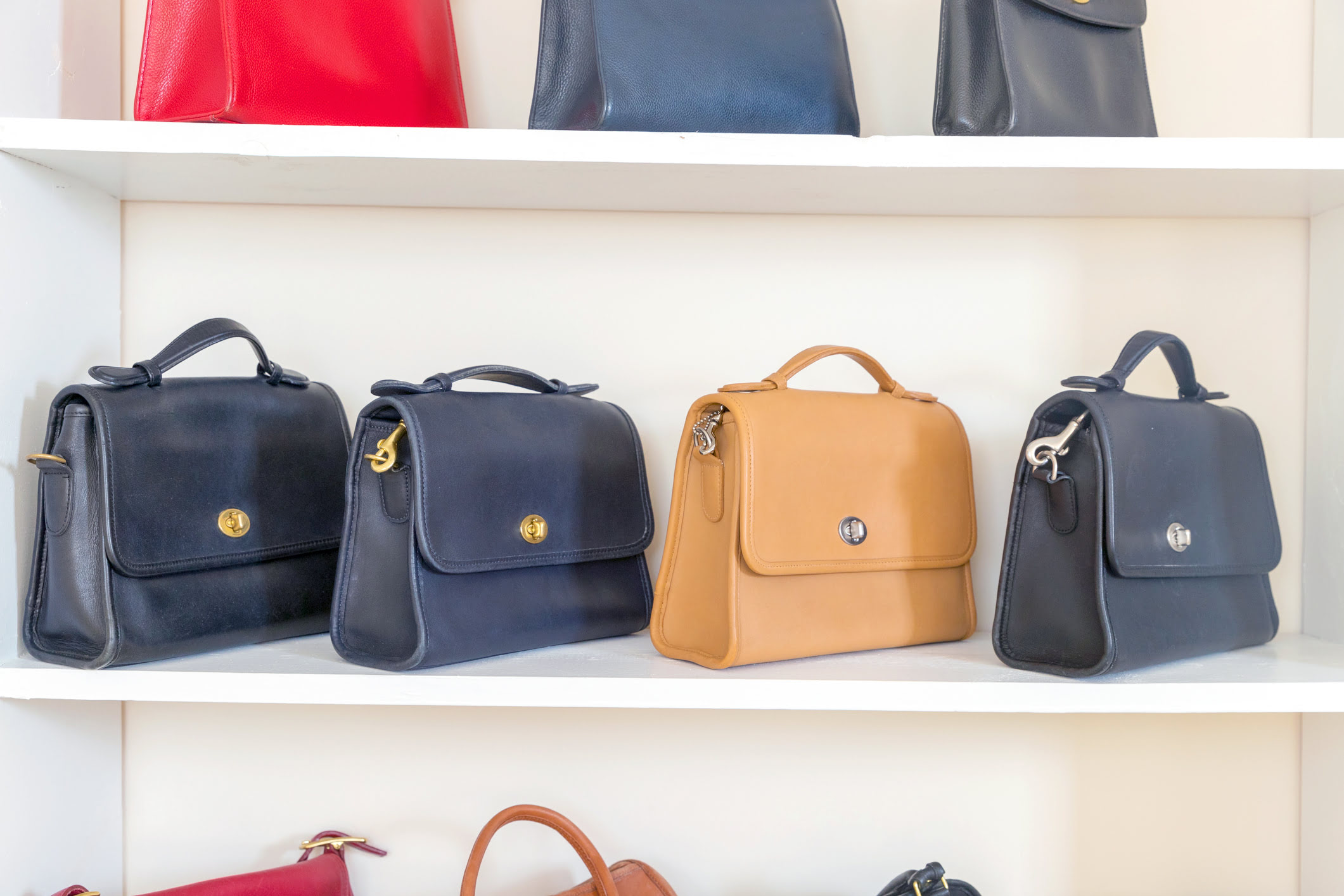

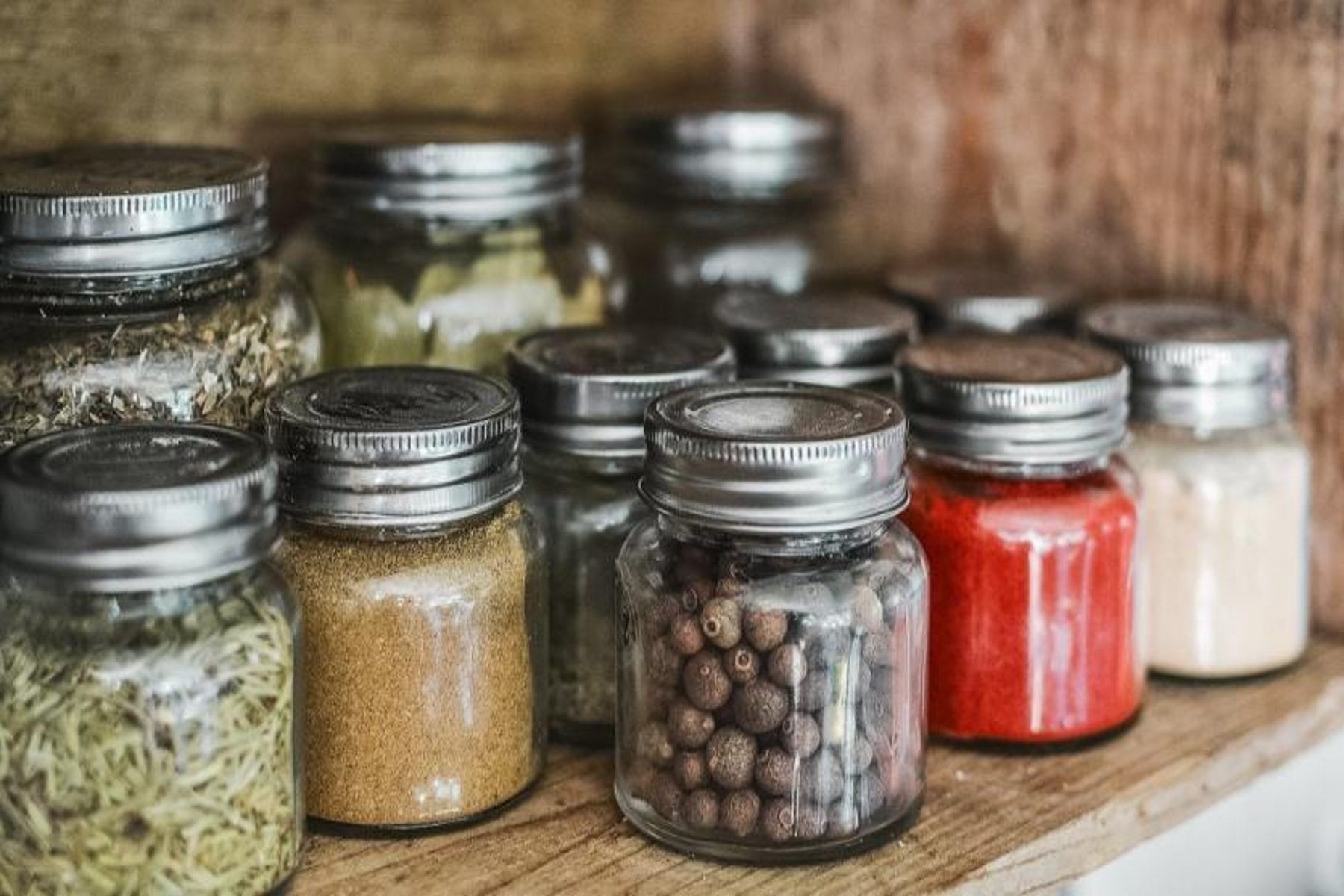

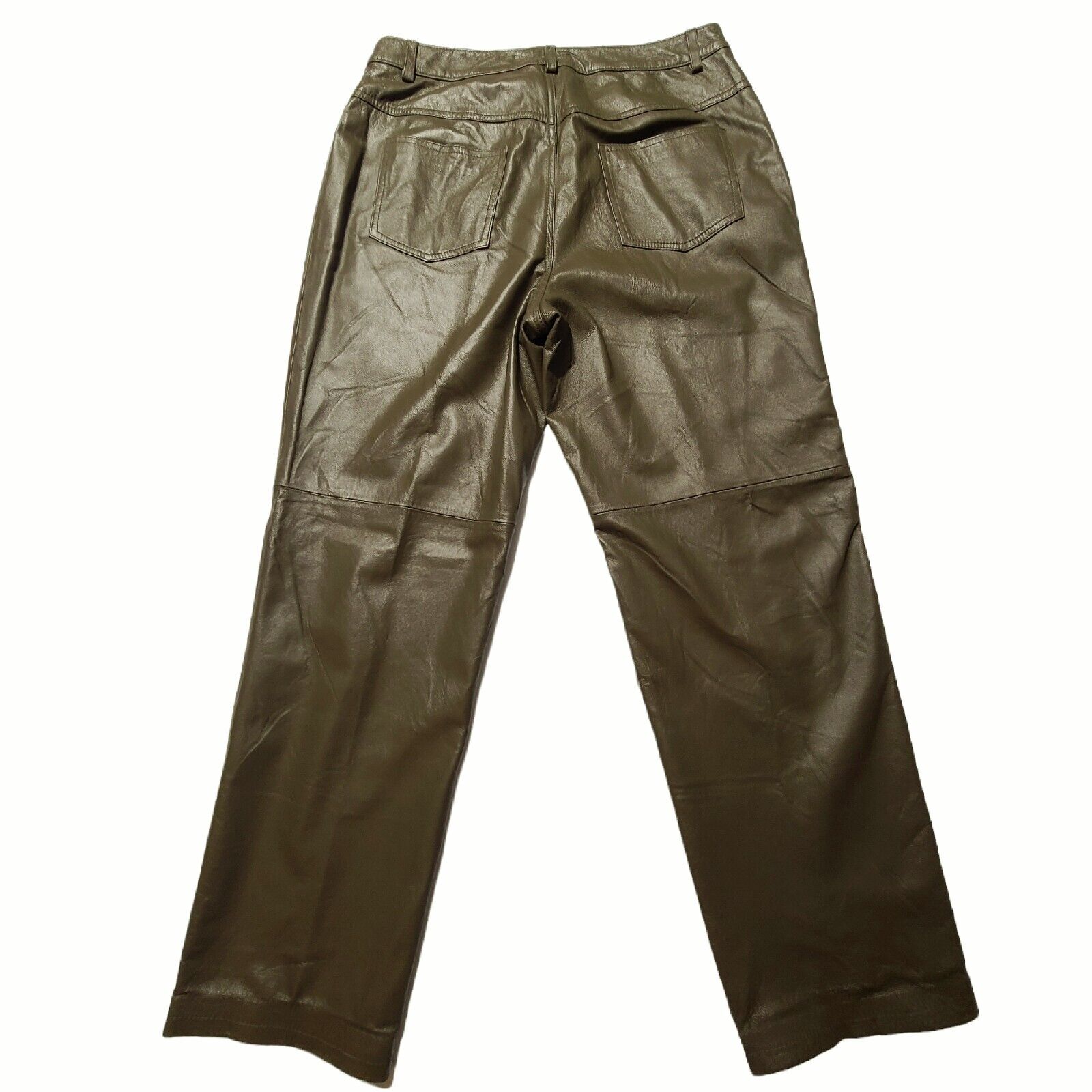

0 thoughts on “How To Store Leather Bags In Humid Weather”